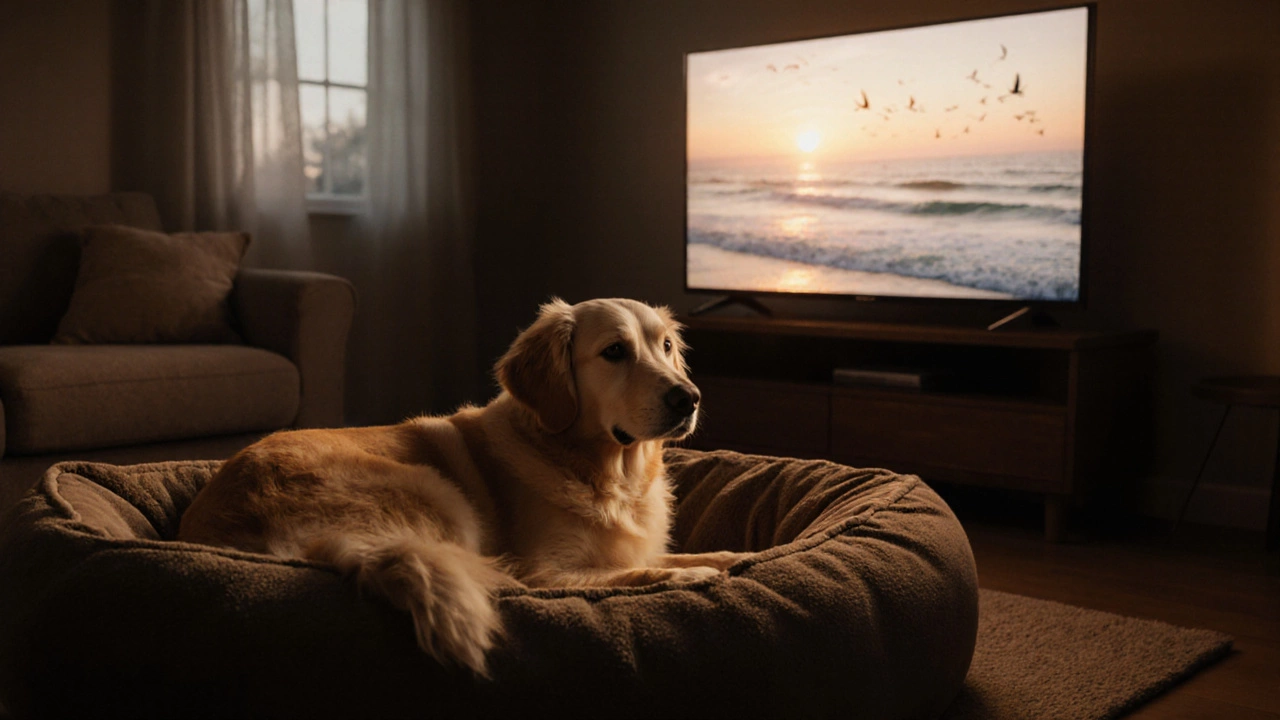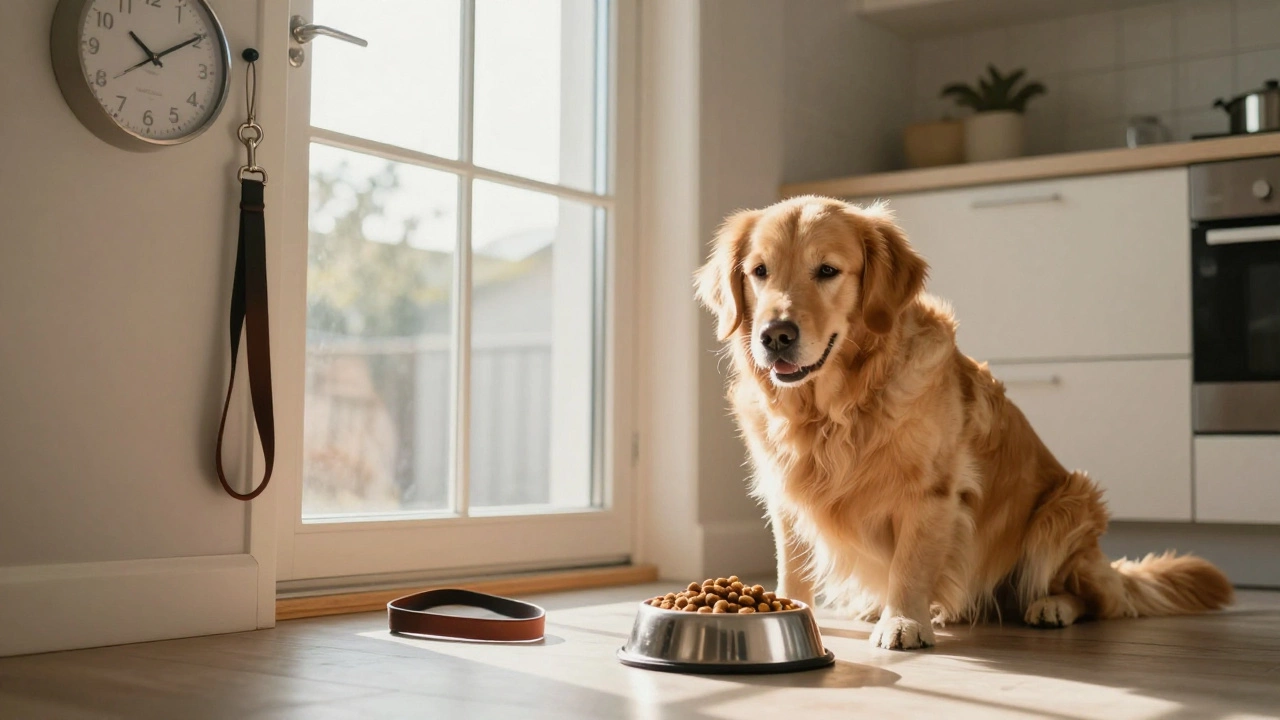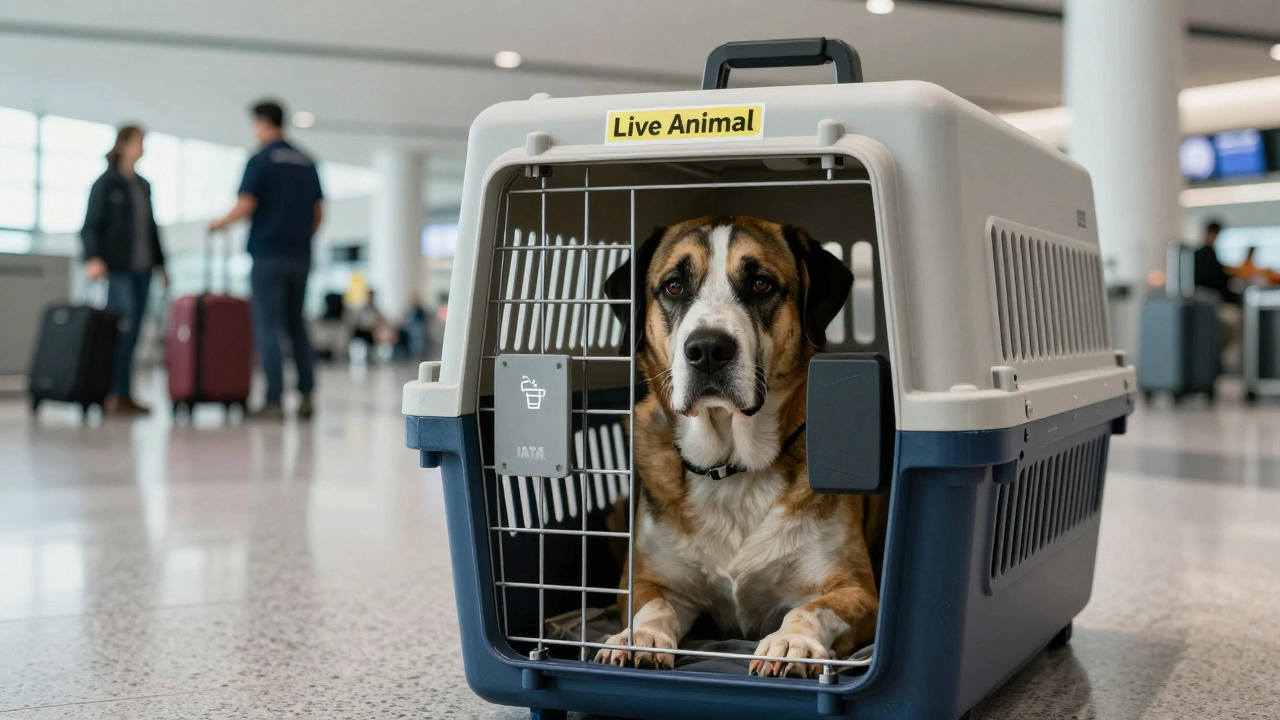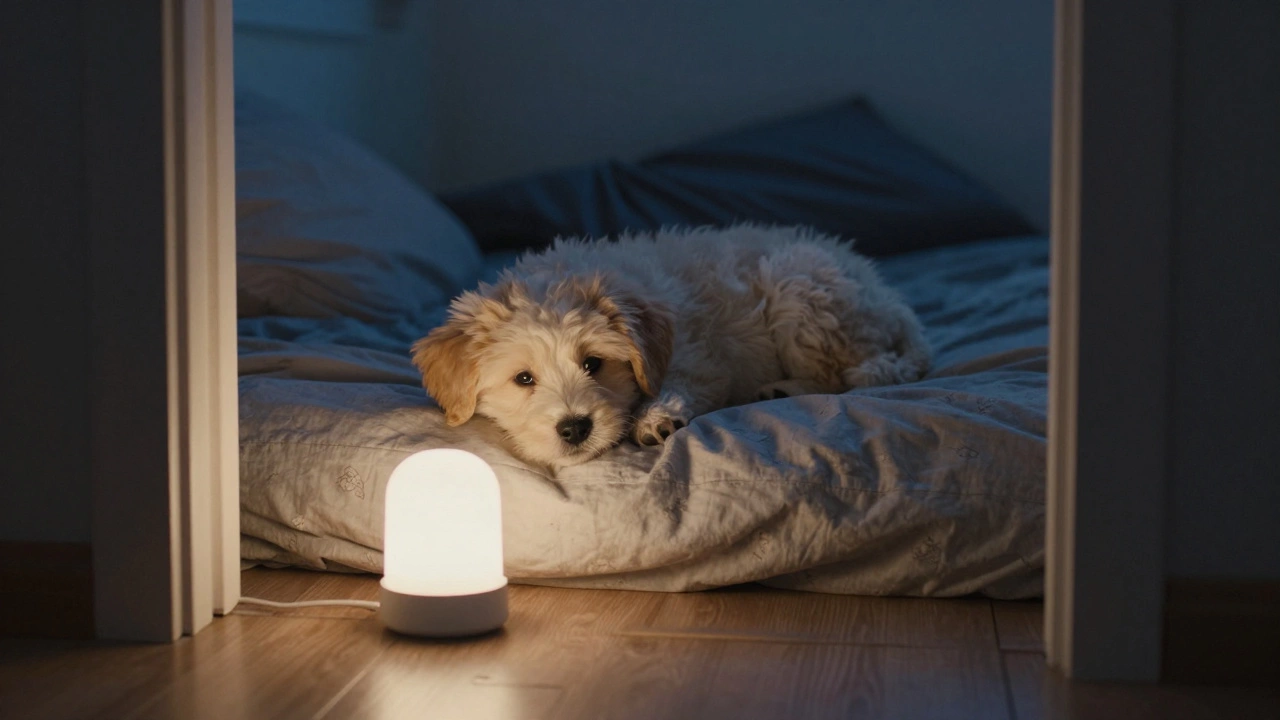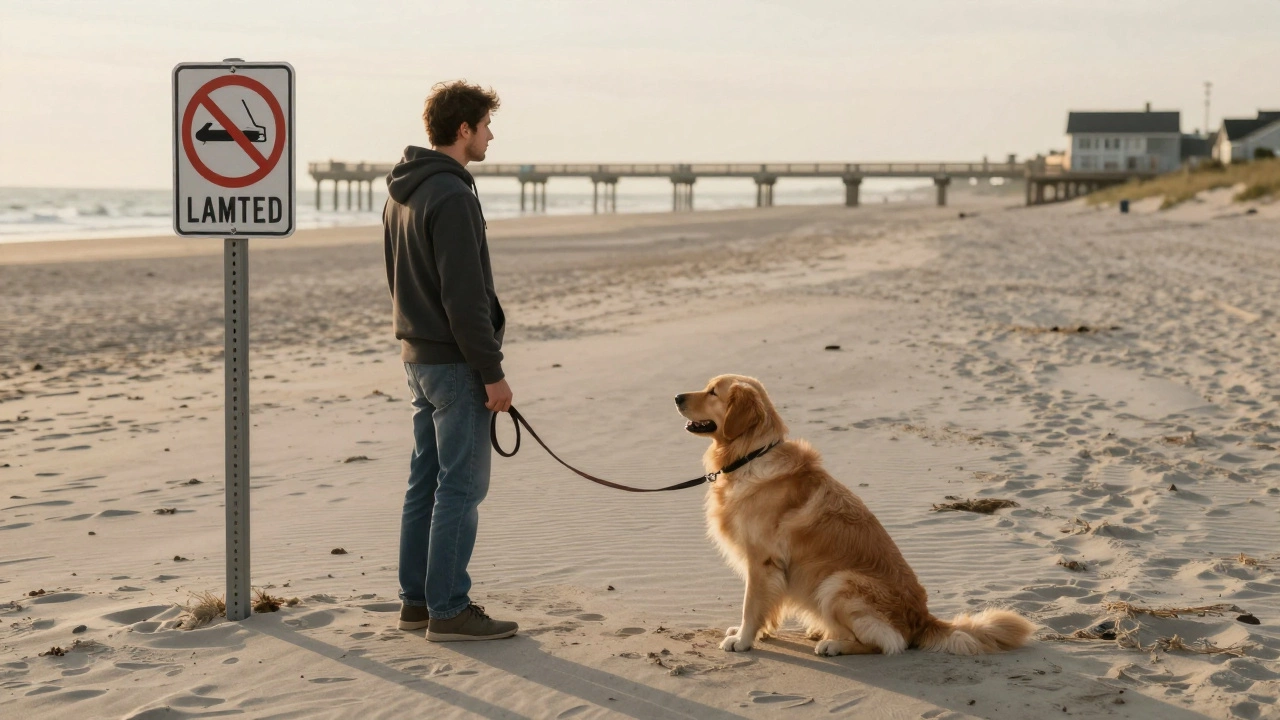Dog Anxiety: Causes, Signs, and Practical Solutions
When dealing with dog anxiety, a common stress reaction that shows up as whining, pacing, trembling, or destructive behavior. Also known as canine anxiety, it often spikes during grooming, travel, or when a dog is left alone.
One of the easiest ways to start helping is to understand the tools that can calm a nervous pup. Calming Aids, vet‑approved supplements, pheromone sprays, or gentle herbal treats designed to lower cortisol levels work well for short‑term stress like flights or vet visits. Crate Training, a safe, den‑like space that teaches a dog to relax when confined can turn a chaotic home into a predictable sanctuary, especially for separation anxiety. When the anxiety is linked to grooming, Grooming Anxiety, the fear of clippers, brushes, or handling often fades if you use low‑stress techniques like desensitization, calming music, and short, rewarding sessions. Finally, Travel Anxiety, the nervousness dogs feel in cars, planes, or unfamiliar environments can be eased with a combination of crate familiarity, calming aids, and gradual exposure to travel cues.
How to Spot and Soothe Your Dog’s Anxiety
First, watch for body language. A tucked tail, ears flattened back, rapid panting, or a stiff posture usually means the dog is uncomfortable. If you notice these signs, try a calming aid before the activity begins – a few drops of dog‑safe essential oil or a chewable supplement can lower the fight‑or‑flight response. Next, make the crate a happy place. Put a comfy blanket inside, add a favorite toy, and feed meals there so the dog associates the crate with good things, not punishment.
Grooming sessions should be broken into tiny steps. Let the dog sniff the brush, give a treat, then gently touch a paw. Over several sessions the dog learns that grooming isn’t a threat. For travel, start with short car rides and gradually increase distance. Pair each ride with treats and praise, and always bring the crate or a familiar blanket to keep the environment consistent.
Positive reinforcement training also reduces anxiety by giving the dog clear expectations. Teach a “stay calm” cue by rewarding quiet behavior with treats and gentle petting. Over time the dog learns to choose calm over frantic reactions.
The articles below dive deeper into each of these areas. You’ll find humane alternatives to shock collars for behavior control, tips on reading grooming stress signals, step‑by‑step guides for crate training, and a rundown of safe calming aids for flights. Whether you’re a new puppy parent or a seasoned dog owner, the collection gives you practical, vet‑backed advice to keep your canine chill and happy.
Ready to explore the full range of solutions? Scroll down to see each guide and start applying simple, effective techniques today.
Can Leaving the TV On Calm Your Dog? Benefits, Risks & How to Use Ambient TV
Explore how low‑volume TV can calm dogs, when it works, what to avoid, and how to combine it with toys and other enrichment for reduced anxiety.

